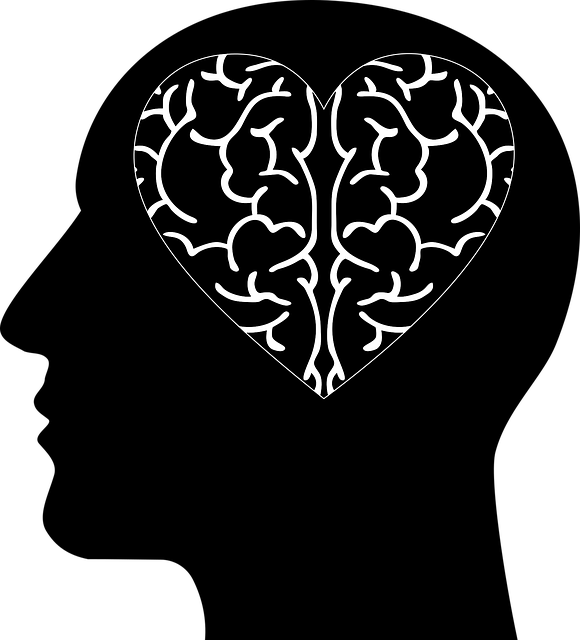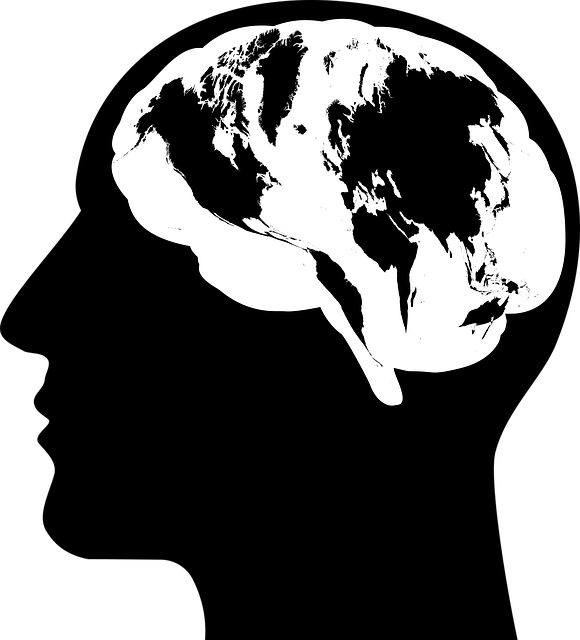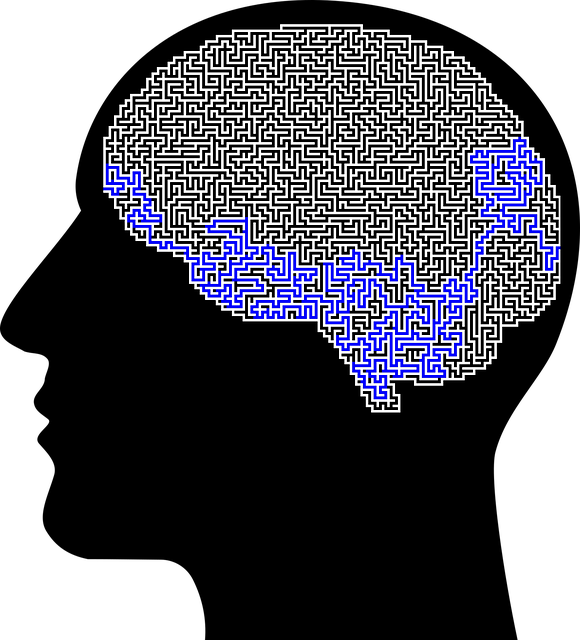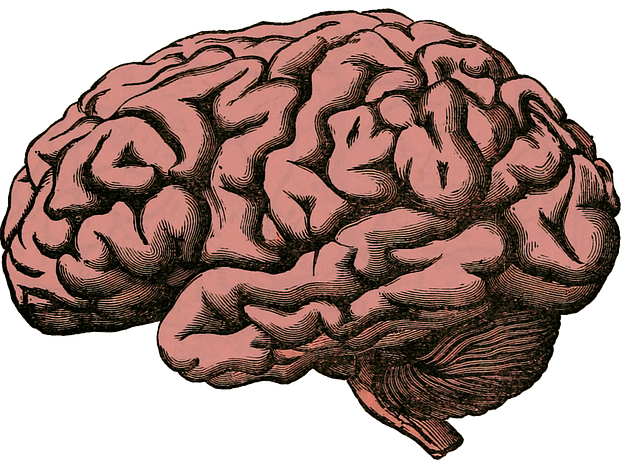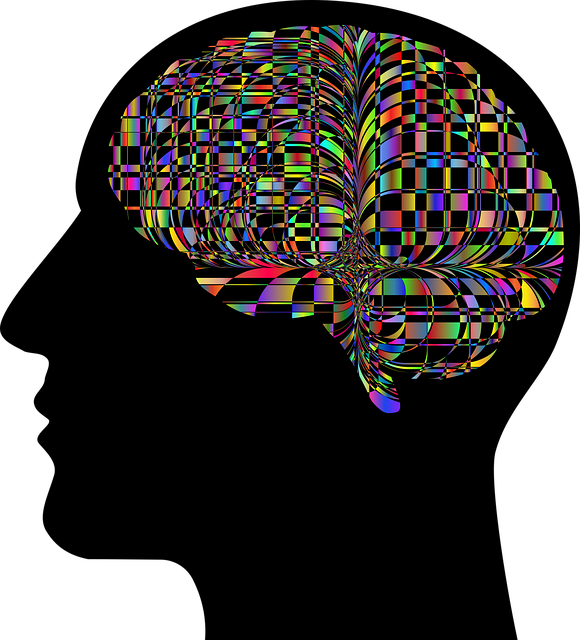Risk assessment is key in therapy for young children, focusing on identifying and mitigating potential child abuse dangers. Through comprehensive evaluations, therapists create safe environments using compassion cultivation and resilience-building techniques. Harm minimization planning involves targeted interventions and legal/ethical considerations to protect vulnerable kids. Organizations implement policies for emotional regulation, stress management, and access to workshops, fostering healing. Continuous training supports therapists in early intervention, crisis prevention, and positive therapeutic environments for young children affected by abuse.
Risk assessment and harm minimization planning are paramount in therapy settings, especially when working with young children. This article delves into crucial aspects of child therapy safety, including identifying potential dangers, implementing protective strategies, and navigating legal and ethical guidelines. By exploring these key areas, we aim to empower professionals to create secure environments, prevent child abuse, and foster healthy development for the most vulnerable kids.
- Understanding Risk Assessment: Identifying Potential Dangers in Child Therapy Settings
- Harm Minimization Planning: Strategies for Protecting Young Children from Abuse
- Legal and Ethical Considerations: Navigating Guidelines for Child Welfare Professionals
- Implementing Effective Safety Measures: Creating a Secure Environment for Vulnerable Kids
- Continuous Training and Support: Empowering Therapists to Recognize and Prevent Abuse
Understanding Risk Assessment: Identifying Potential Dangers in Child Therapy Settings

In therapy settings focused on young children, risk assessment is a cornerstone of effective harm minimization planning. It involves a meticulous process of identifying and evaluating potential dangers that could arise during therapeutic interventions. Therapists must consider various factors such as the child’s history, their emotional state, and the nature of the treatment itself to anticipate and mitigate risks. By proactively addressing these concerns, therapists can create a safe environment conducive to healing.
One critical aspect of risk assessment in child therapy is recognizing signs of past or potential abuse. Given the sensitive nature of the work, therapists must be vigilant in identifying behaviors that may indicate trauma or exploitation. Incorporating compassion cultivation practices and inner strength development techniques not only supports the therapeutic process but also strengthens children’s resilience against future harm. Moreover, public awareness campaigns development can play a pivotal role in educating parents, caregivers, and communities about the signs of child abuse, fostering an environment where every child feels protected and valued.
Harm Minimization Planning: Strategies for Protecting Young Children from Abuse

Harm Minimization Planning is a proactive approach designed to safeguard young children from abuse and its lasting impacts. This strategy involves comprehensive risk assessment, where potential dangers are identified and analyzed. By understanding the factors that contribute to child abuse, caregivers can implement targeted interventions to create safer environments. One effective method is incorporating compassion cultivation practices and empathy-building strategies into daily routines. These mindfulness-based approaches foster a nurturing atmosphere, encouraging open communication and promoting positive relationships.
Additionally, therapy for young children plays a pivotal role in harm minimization. Through specialized therapeutic interventions, children can learn coping mechanisms, build resilience, and process traumatic experiences. By combining compassion cultivation, empathy building, and therapeutic support, caregivers can create a robust safety net, ensuring the well-being and healthy development of vulnerable children.
Legal and Ethical Considerations: Navigating Guidelines for Child Welfare Professionals

For child welfare professionals, navigating legal and ethical considerations is paramount when assessing risks and planning for harm minimization. The well-being and safety of young clients are primary concerns, with a strong emphasis on preventing and addressing any form of abuse or neglect. In many jurisdictions, guidelines and laws exist to govern the practice, ensuring that therapy for young children is delivered responsibly and ethically. These guidelines often include detailed steps for identifying potential risks, reporting obligations, and implementing protective measures, especially when dealing with vulnerable populations like victims of child abuse.
Professionals must stay informed about relevant mental health policy analyses and advocacy efforts, which can shape best practices in coping skills development for children. Public awareness campaigns development also plays a crucial role in educating the community about recognizing signs of abuse and promoting strategies to foster healthy growth in young individuals. Upholding ethical standards not only protects children but also strengthens public trust in child welfare services, fostering an environment that prioritizes and supports the mental health and overall well-being of therapy for young children.
Implementing Effective Safety Measures: Creating a Secure Environment for Vulnerable Kids

Implementing effective safety measures is paramount when creating a secure environment for vulnerable kids, such as those recovering from therapy for young children and child abuse. This involves instituting robust policies and procedures that prioritize emotional regulation and stress management. Organizations working with these populations must ensure their spaces are safe, nurturing, and conducive to healing.
One crucial aspect of this is providing access to Stress Management Workshops Organization. These workshops equip both staff and children with tools for emotional regulation, fostering a sense of safety and calm within the environment. By integrating such practices, organizations can create a supportive system that addresses the holistic needs of young individuals, enhancing their overall well-being and recovery.
Continuous Training and Support: Empowering Therapists to Recognize and Prevent Abuse

Continuous training and support are essential components of harm minimization planning for young children undergoing therapy. Therapists play a crucial role in recognizing and preventing child abuse, which often involves subtle signs of emotional or physical distress. Regular workshops and educational sessions equip them with the latest research and techniques to identify potential issues early on. This enables therapists to intervene promptly and provide the necessary support, ensuring the safety and well-being of their young clients.
By prioritizing ongoing professional development, therapists can enhance their ability to offer effective crisis intervention guidance. This includes strategies for depression prevention within a child’s life, as well as mental illness stigma reduction efforts, which are vital components of creating a supportive therapeutic environment. Such proactive measures not only protect children but also foster a healthier and more positive outlook on mental health.
Risk assessment and harm minimization planning are paramount in ensuring the safety and well-being of young children in therapy settings. By identifying potential dangers, implementing robust strategies, adhering to legal and ethical guidelines, and fostering a culture of continuous training, child welfare professionals can create secure environments that protect vulnerable kids from abuse. These measures serve as a cornerstone for effective therapy, enabling therapists to recognize and prevent harm, ultimately promoting the health and development of young individuals.

